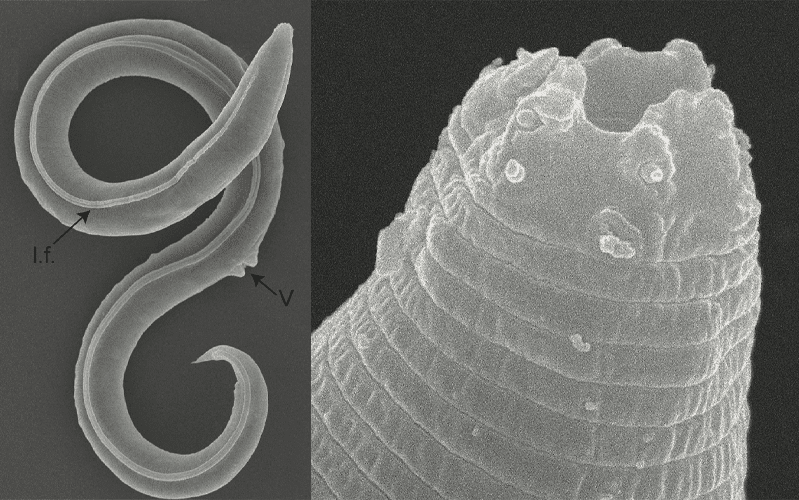By: Ray Zhao
It seemed like something out of a science fiction novel. Scientists in Russia managed to bring a pair of worm-like nematodes back to life after they were frozen in the Siberian permafrost for over 46,000 years. The findings, published in PLOS Genetics, a peer-reviewed journal, show how these organisms can survive so long under such extreme conditions.
The specimens are one of the few known species that can resist very low temperatures by entering a dormant state called cryptobiosis and survive for long periods under those conditions. That the specimens froze between 45,000 and 47,000 years ago demonstrates how remarkable they are.
Teymuras Kurzchalia, a professor emeritus at the Max Planck Institute of Molecular Cell Biology and Genetics in Germany, which carried out the study, says that the discovery leads humankind one step closer to being able to “stop life” for an “indefinitely long” amount of time and then revive it.
The worms, which usually have a lifespan of a few days, died after producing several generations of offspring in the lab. The revived worms also helped researchers learn more about cryptobiosis, which the worms were engaged in before they were revived in warm water.
Despite this breakthrough, Kurzchalia notes that many scientific and ethical hurdles remain to be cleared before humans could one day use cryptobiosis to our advantage.
The unearthing of these worms has also brought to light concerns about the rapidly melting Siberian permafrost, which could one day create a methane loop that further exacerbates global warming. Some were also concerned that reviving organisms from 46,000 years ago may have released unknown diseases into the human population. But the general consensus is that these small worms helped advance science and our understanding of cryptobiosis to another level.











